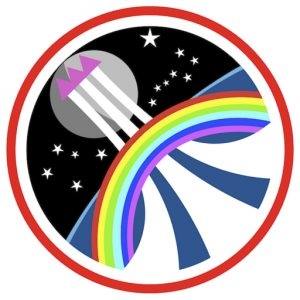These pre-rendered pieces which I refer to, be they in-game or on packaging, often relied on intense contrast and saturation to give form, as if Pixar’s Luxo Jr. Lamp were leering somewhere just out of frame. Whether intentional or a quirk of the software available at the time, it’s this quality of pre-rendered art that I would most liken to Baroque-era tenebrism. Certainly parallels to 16th/17th century still life painting can be drawn as well; due to Phong shading, stark directional lighting and alpha transparencies both tend to focus upon highly reflective objects against neutral black backgrounds.
Digital Foundry had a video showcasing the ray tracing-enabled PC fan port of Super Mario 64 which attempts to look like those 3D renders used in SM64's advertising. And it reminded me of the future of gaming that never actually happened. By the time computers were able to render those kind of images in real-time the industry had already moved on to other styles, which is too bad because it's like a hyper-realistic digitalism that you don't see pretty much ever. Even non-realistic stylized video games fall into a small number of kinds: cel-shaded 3D models, mimicking various kinds of 2D classical art styles, sprite art, various kinds of new and old illustration, or psychedelic digital demo art.
Pre-rendered digitized sprites like Diablo 1+2/Fallout, and the backgrounds to games like FFVII and Resident Evil still look gorgeous to me today. Some fantastic art direction!

